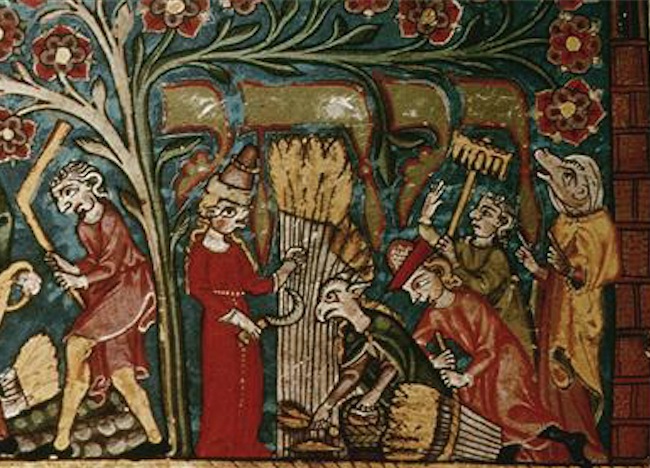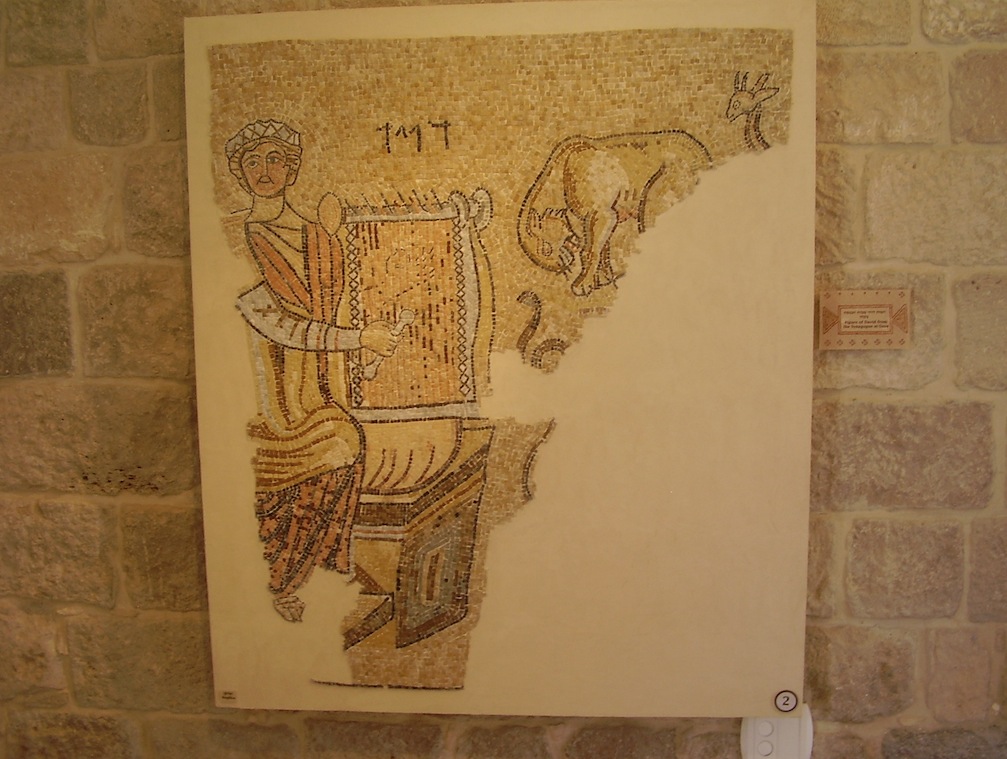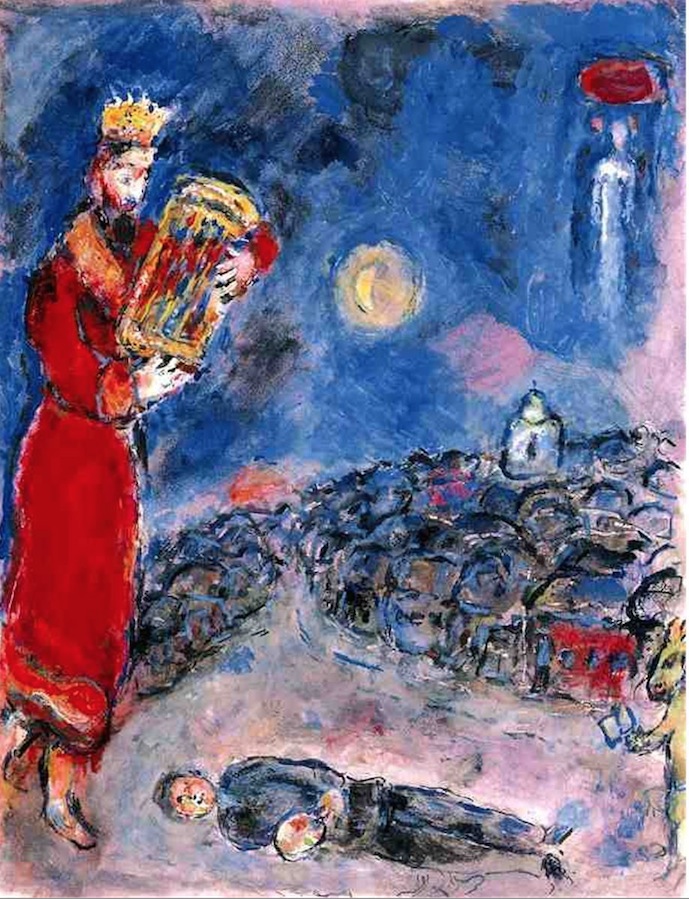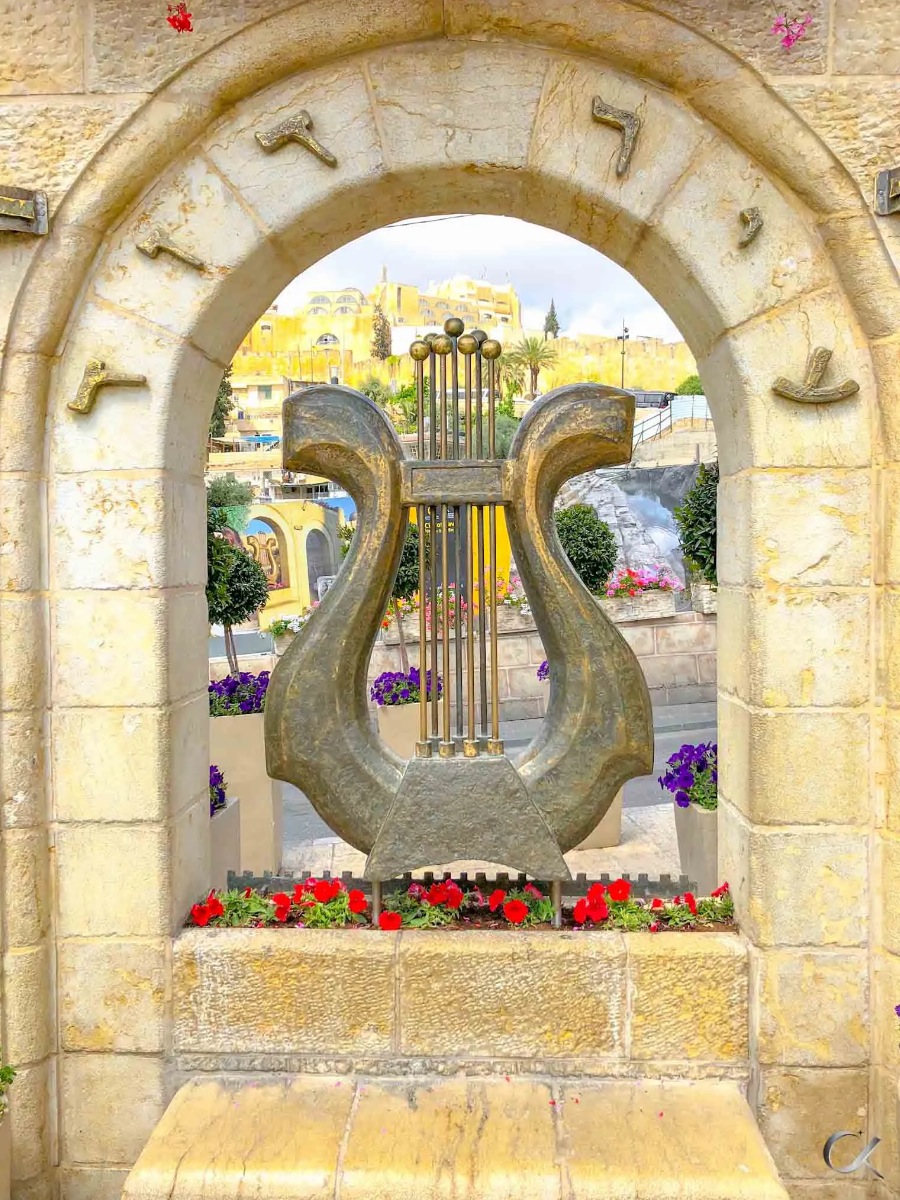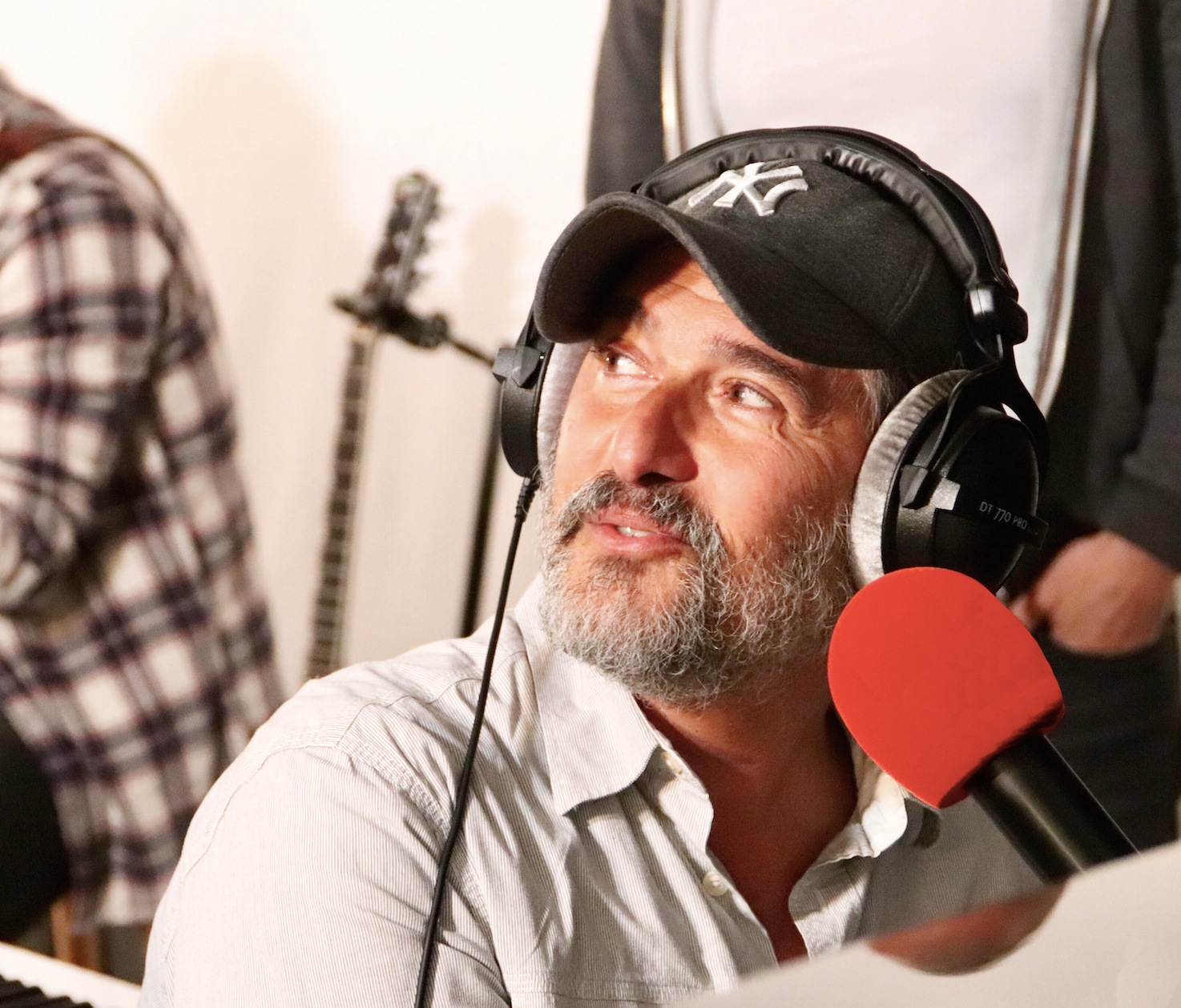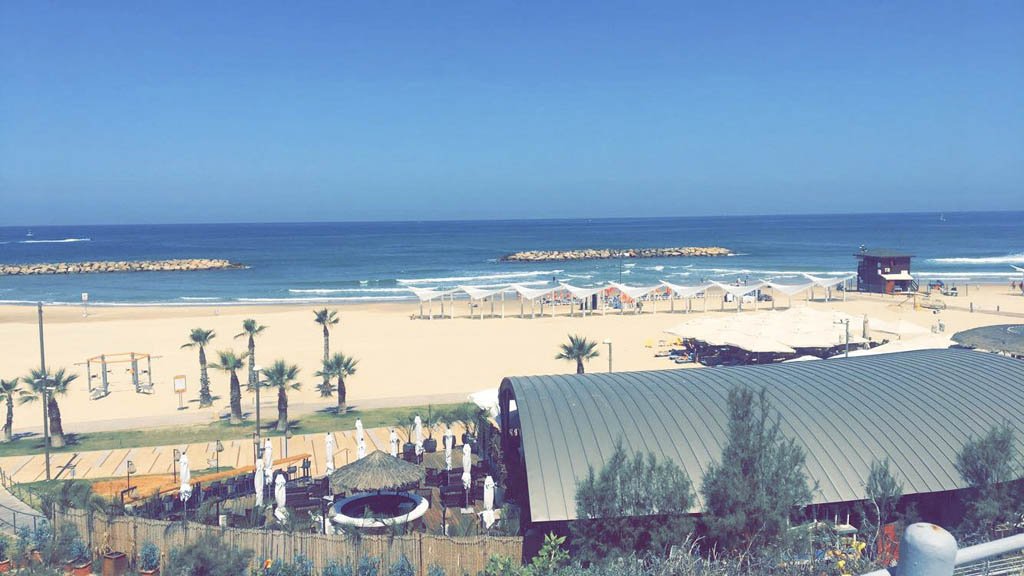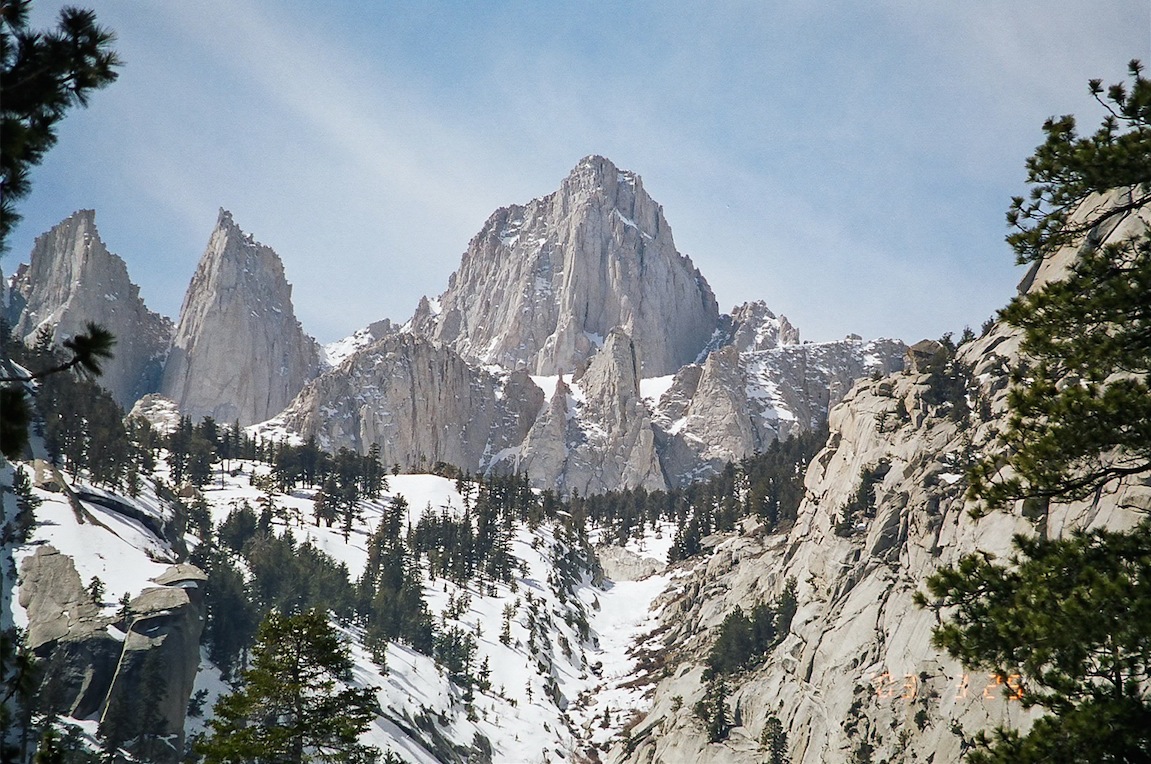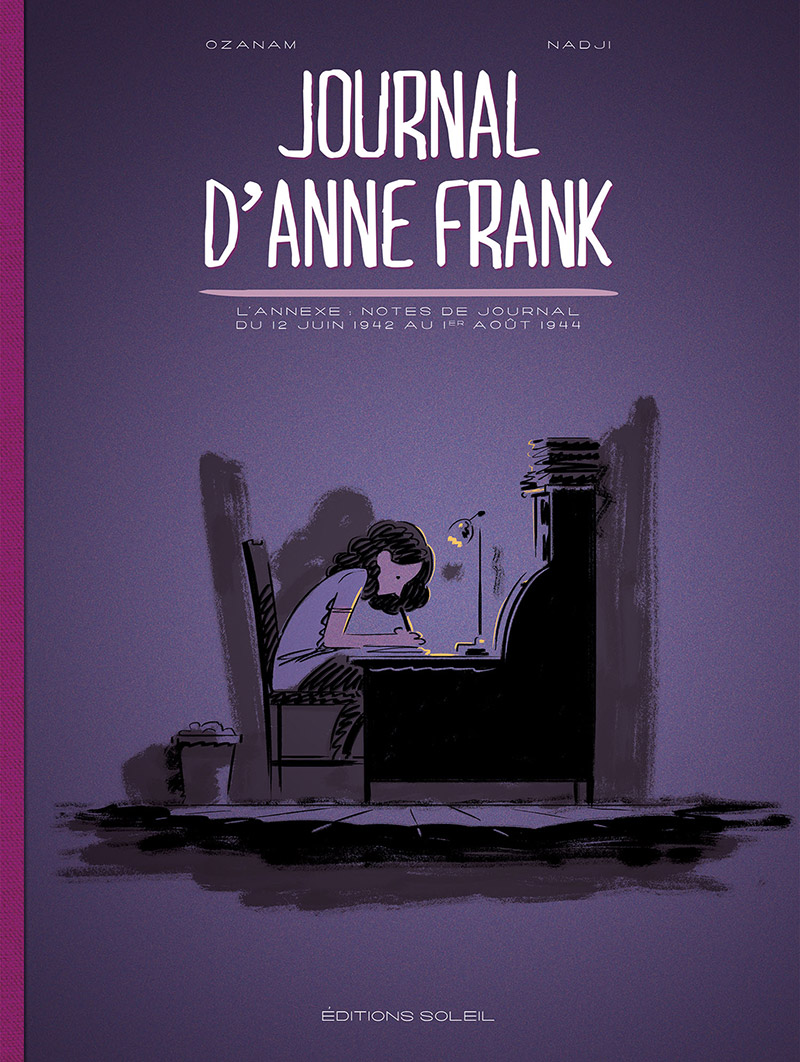La fête de Chavouot est l’occasion d’évoquer deux personnages bibliques de grande importance? : Ruth, dont on lit la meguila durant l’office de la fête, et son arrière-petit-fils? : le roi David (Ruth 4 :22).
Le? Livre de Ruth est l’un des livres de la? Bible hébraïque. Il retrace l’'histoire de? Ruth? la Moabite qui se déroule à l'époque où les? Juges? dirigeaient le? peuple d'Israël. Il s'agit de montrer comment une femme étrangère est, non seulement, entrée dans le peuple d'Israël mais est devenue l'ancêtre du? roi David. The feast of Shavuot is an opportunity to evoke two biblical characters of great importance: Ruth, whose megilla is read during the service of the feast, and her great-grandson : King David (Ruth 4:22).
The Book of Ruth is one of the books of the Hebrew Bible. It traces the story of Ruth the Moabite which takes place when the Judges ruled the people of Israel. This is to show how a foreign woman not only entered the people of Israel but became the ancestor of King David.
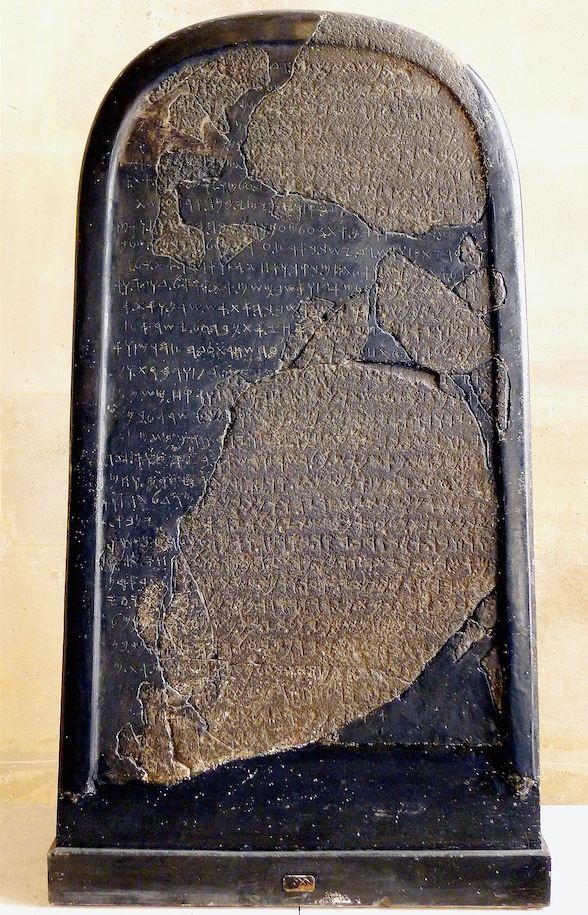
Qui étaient les Moabites? ?Un peuple qui descendait de Moab, le fils de Lot, né d'une relation incestueuse avec sa fille aînée (Genèse? 19.37). Les Moabites se sont étendus petit à petit de Tsoar, le berceau de leur civilisation, sur la côte Sud-Est de la Mer Morte, dans toute la région à l'Est du Jourdain. La plaine de Moab, qui appartenait alors aux Amoréens, était le dernier lieu de campement des Israélites avant leur entrée dans le pays de Canaan. (Nombres? 22.1,? Josué? 13.32).? La découverte? archéologique? la plus connue en relation avec? Moab? est la stèle de Mesha (Photo 2), qui décrit la victoire? moabite? sur un des fils d'Omri, monarque de Samarie. En dehors de la Bible et de la stèle de Mésha, les principales données historiques reposent sur de brèves mentions dans les sources assyriennes. | Who was the most famous Moabite ?Ruth, a convert who clings to the values of Judaism after the death of her first husband. Ruth tells her mother-in-law, Naomi : “Do not urge me to abandon you, to return from you; for where you go I will go, and where you spend the night I will spend the night. Your people shall be my people, and your God my God. Where you die I will die, and there I will be buried.” (Ruth 1:16, 17). Ruth's words are so remarkable that 3,000 years after they were spoken, they have lost none of their force !How can we understand that the kingship of Israel originated in a conversion ? The masters of the Talmud interpreting this verse show us that it is above all in the desire to be faithful to the law of Israel in all its details that Ruth wins adherence. |
Qui était la plus célèbre Moabite? ?Ruth, une convertie qui s'attache aux valeurs du? judaïsme? après la mort de son premier époux. Ruth déclare à Naomi sa belle-mère : «? Ne me presse pas de t’abandonner, de m’en retourner d’auprès de toi? ; car l? où tu iras j’irai, et l? où tu passeras la nuit je passerai la nuit. Ton peuple sera mon peuple, et ton Dieu mon Dieu. L? où tu mourras je mourrai, et c’est l? que je serai enterrée.» (Ruth 1 :16,? 17). Les paroles de Ruth sont tellement remarquables que 3? 000? ans après avoir été prononcées, elles n’ont rien perdu de leur force? !Comment comprendre que la royauté d’Israël prenne son origine dans une conversion? ?Les maitres du Talmud interprétant ce verset nous montrent que c’est avant tout dans le désir d’être fidèle à la loi d’Israël dans tous ses détails que Ruth emporte l’adhésion. La simplicité des paroles de Ruth et son choix délibéré du joug des mitsvot font d’elle le réceptacle pouvant amener la délivrance au peuple d’Israël. Aucune représentation de Ruth n’a été découverte par l’archéologie pour les périodes anciennes. Les plus anciens manuscrits de la meguila de Ruth datent du Moyen-Age et de la Renaissance, comme par exemple, ce manuscrit enluminé, daté d’environ 1320 et conservé à la British Library de Londres.Le roi DavidIl est en revanche, représenté dès l’Antiquité? ! 3.000 ans après sa mort, il est toujours le plus grand roi de l’histoire du peuple juif. Pour prendre la mesure de sa grandeur, signalons que son nom est mentionné 912 fois dans la Bible (celui de Moise? l’est 706 fois). Pour la petite anecdote, c’est le 3ème prénom choisi pour les petits garçons en Israël en 2019 et en 2020… Cette magnifique mosaïque a été découverte en 1965 lors des fouilles de la synagogue de Gaza. C’est un édifice qui fut détruit dès l'Antiquité et il n'en subsiste plus que la première assise de pierres et des pavements de? mosaïque. Son plan était caractéristique des synagogues de la Haute Antiquité? : un bâtiment en forme de basilique à plusieurs nefs dont la centrale était terminée à son extrémité orientale par une abside semi-circulaire saillante, orientée vers Jérusalem, où se trouvait l’Arche Sainte contenant les rouleaux de la Torah. Les ruines de? synagogues? byzantines sont nombreuses en terre d'Israël. On y remarque dans beaucoup d'entre elles une influence? hellénisante? importante. La plus célèbre de ces synagogues est celle de? Capharnaüm, même si elle est bien postérieure à celle où Jésus aurait prêché. Certaines sont ornées de mosaïques comme ? ? Beth Alpha? et ? ? Ein Gedi,? où est représenté le zodiaque, ou ? ? Hammath-Tibériade? où l'on voit le dieu du Soleil? Hélios.L'art figuratif juif dans la fin de l'AntiquitéDans la synagogue de Gaza, une bonne partie des mosaïques de pavement sont bien conservées dont l’une porte une inscription de dédicace, en? grec, et mentionne la date de? 508/509. Les motifs de ces mosaïques figurées comprennent des rinceaux de feuillage habités de différents animaux, et surtout un? David? jouant de la harpe et apaisant les animaux : ce motif biblique est important dans la discussion sur l'art figuratif juif dans la fin de l'Antiquité. Les mosaïques sont aujourd’hui exposées dans le musée du Bon Samaritain, situé sur la route entre Jérusalem et Jéricho. | The simplicity of Ruth's words and her deliberate choice of the yoke of mitzvot make her the receptacle that can bring deliverance to the people of Israel.
No representation of Ruth has been discovered by archeology for ancient periods. The oldest manuscripts of Ruth's megillah date from the Middle Ages and the Renaissance, such as this illuminated manuscript, dated around 1320 and preserved in the British Library in London.
King DavidIt is, on the other hand, represented since Antiquity 3,000 years after his death, he is still the greatest king in the history of the Jewish people. To take the measure of his greatness, note that his name is mentioned 912 times in the Bible (that of Moses is mentioned 706 times). For the little anecdote, it is the 3rd first name chosen for little boys in Israel in 2019 and 2020… This magnificent mosaic was discovered in 1965 during excavations of the synagogue in Gaza. It is a building that was destroyed in antiquity and only the first foundation of stones and mosaic floors remain. Its plan was characteristic of the synagogues of High Antiquity: a building in the form of a basilica with several naves, the central part of which was terminated at its eastern end by a projecting semicircular apse, oriented towards Jerusalem, where the Holy Ark containing the Torah scrolls. The ruins of Byzantine synagogues are numerous in the Land of Israel. One notices in many of them an important Hellenizing influence. The most famous of these synagogues is that of Capernaum, although it is much later than the one where Jesus would have preached. Some are decorated with mosaics as at Beth Alpha and Ein Gedi, where the zodiac is depicted, or at Hammath-Tiberias where the sun god Helios is seen.Jewish Figurative Art in Late AntiquityIn the synagogue of Gaza, a good part of the floor mosaics are well preserved, one of which bears a dedicatory inscription, in Greek, and mentions the date of 508/509. The motifs of these figured mosaics include scrolls of foliage inhabited by different animals, and especially a David playing the harp and soothing the animals: this biblical motif is important in the discussion of Jewish figurative art in late antiquity. The mosaics are now on display in the Good Samaritan Museum, located on the road between Jerusalem and Jericho. The harp is certainly one of the oldest instruments in the world. In Antiquity, it was for a long time an instrument. In Antiquity, it was for a long time a sacred instrument for communicating with the gods and celebrating worship. The Bible mentions it many times. It is made with sandalwood or cypress wood. The harp naturally evokes King David who composed and sang many praises to God. |
| La simplicité des paroles de Ruth | The simplicity of Ruth's words |
| La harpe est très certainement l'un des plus vieux instruments au monde. Dans l’Antiquité, elle est pendant longtemps un instrument sacré permettant de communiquer avec les dieux et célébrer le culte. La Bible la mentionne à de nombreuses reprises. Elle est faite? avec du? bois de santal? ou du bois de? cyprès. La harpe évoque naturellement le roi? David? qui a composé et chanté de nombreuses louanges à Dieu. Tout jeune, David est berger et compose déj? des chants (Psaumes 43 :4? ; 108 :3-5 par exemple). Il joue admirablement de la harpe au point qu’il est recommandé au roi? Saül? qui le prend à son service. Le roi est apaisé par le son de la harpe quand il est tourmenté par le mauvais esprit envoyé par Dieu (1 Sam 16? :14-23). A la mort de? Saül et Jonathan, David compose un chant funèbre en leur honneur,? «? la Complainte de l’arc? », puis ordonne de l’enseigner aux Judéens (2 Samuel 1? :17-19). Le roi David? danse avec énergie au son de la harpe quand il a fait monter l’Arche d’Alliance à Jérusalem (1 Chroniques 15:28). Âgé et arrivant à la fin de sa vie, David désigne Salomon pour lui succéder et organise la construction et le fonctionnement du Temple.? 4.000 musiciens? seront requis pour louer le Tout-Puissant (1 Chroniques 23 :5). Plus tard, lorsque le temple de Jérusalem sera construit, certains? Lévites musiciens? sont attitrés au chant et s’accompagnent? de? harpes, de? luths? et de? cymbales? pour le service de la maison de D.ieu (1 Chron 25? :6). Sur la mosaïque, David est assis de face, apparemment sur un rocher, la tête nimbée d’un diadème du type impérial byzantin de cette époque, garni de pierres précieuses. Il porte un long chiton (tunique gréco-romaine) à manches de couleurs bleu-rouge dans les ombres des plis, ce qui indique le pourpre et un manteau jaune, c'est-? -dire tissé d'or ; il chausse des sandales. Sa main gauche touche aux cordes de sa harpe qui sont au nombre de quatorze, la droite tend le plectre, cette baguette servant à gratter les cordes. L'instrument est appuyé sur une sorte de coussin placé sur un objet de forme cubique. A droite, on voit l'avant-corps d'une lionne qui, touchée par les sons de la musique, incline la tête. Au-dessous d’elle, un être à forme ondoyante ressemble à un serpent dressé, mais pourrait aussi être la trompe d'un éléphant. L’identification de David ne fait aucun doute, puisque son nom est inscrit en lettres hébraïques. Cette inscription a fait l’objet de nombreuses discussions. Le nom David est généralement écrit avec les trois lettres daleth/vav/daleth. Ici vient s’ajouter la lettre youd. Dans la littérature de la période du Premier Temple, comme dans les livres de Samuel et des Rois, le nom est généralement écrit David en 3 lettres, tandis que dans les livres bibliques ultérieurs, comme les Chroniques, Ezra et Néhémie, il est écrit avec la lettre youd supplémentaire. Les sages et les commentateurs ont beaucoup discuté sur ce sujet. La lettre youd tient un rang très important dans l’ésotérisme kabbalistique : c’est en effet l’initiale du tétragramme divin YHVH. Elle évoque également la main (« yad » en hébreu). C’est la main de Dieu, la main qui sème; celle qui permet de faire éclore la vie. La mosaïque de Gaza est l’une des toutes premières représentations du roi David qui sera l’un des sujets favoris des artistes à travers l’histoire de l’art, de Michel-Ange à Chagall (Photo 4), pour n’en citer que deux. | Very young, David is a shepherd and already composes songs (Psalms 43:4; 108:3-5 for example). He plays the harp admirably to the point that he is recommended to King Saul who takes him into his service. The king is appeased by the sound of the harp when he is tormented by the evil spirit sent by God (1 Sam 16:14-23). When Saul and Jonathan died, David composed a dirge in their honor, "The Lament of the Bow," and then ordered it to be taught to the Judeans (2 Samuel 1:17-19). King David energetically dances to the sound of the harp when he brings up the Ark of the Covenant in Jerusalem (1 Chronicle 15:28). Aged and approaching the end of his life, David appoints Solomon to succeed him and organizes the construction and operation of the Temple. 4,000 musicians will be required to praise the Almighty (1 Chronicle 23:5). Later, when the temple in Jerusalem is built, certain musical Levites are appointed to sing and accompany themselves with harps, lutes, and cymbals for the service of the house of G‑d (1 Chron 25:6). On the mosaic, David is seated facing forward, apparently, on a rock, his head enshrouded in a diadem of the Byzantine imperial type of that period, adorned with precious stones. He wears a long chiton (Greco-Roman tunic) with sleeves of blue-red colors in the shadows of the folds, which indicates purple and a yellow mantle, that is, woven with gold; he wears sandals. His left-hand touches the strings of his harp which are fourteen in number, and the right extends the plectrum, this stick is used to strum the strings. The instrument is supported on a kind of cushion placed on a cubic object. On the right, we see the forepart of a lioness who, touched by the sounds of music, bows her head. Below her, an undulating being resembles an erect snake, but could also be the trunk of an elephant. The identification of David is beyond doubt since his name is inscribed in Hebrew letters. This listing has been the subject of much discussion. The name David is usually spelled with the three letters daleth/vav/daleth. Here is added the letter youd. In literature from the First Temple period, such as the books of Samuel and Kings, the name is usually written as 3 letters David, while in later biblical books, such as Chronicles, Ezra, and Nehemiah, it is written with the additional youd letter. Sages and commentators have discussed this subject a great deal. The letter youd holds a very important rank in kabbalistic esotericism: it is indeed the initial of the divine tetragrammaton YHVH. It also evokes the hand (“yad” in Hebrew). It is the hand of God, the hand that sows ; that which makes life possible. The mosaic of Gaza is one of the very first representations of King David which will be one of the favorite subjects of artists throughout the history of art, from Michelangelo to Chagall (Photo 4), to name just two. |
| Quant à sa célèbre harpe, elle est aujourd’hui l’un des symboles de Jérusalem, et se trouve à l’entrée de la Cité de David. Par Brigitte Ohnona-Mannheim, Archéologue à l’IAA et Dr David Ohnona, CEO Memories Foundation, ex-inspecteur général à l’IAA en charge du trafic d’antiquités.? Crédit photos : IAA (Israël Antiquities Authority) Prochain voyage de la Fondation: La Jordanie Biblique. 23 octobre au 4 novembre 2022. FONDATION ISRAËL ARCHÉOLOGIE Contact : Brigitte Ohnona-Mannheim +972 542026541 https://israel-archeologie.org Facebook & Instagram : @Fondationisraelarcheologie . | His famous harp is today one of the symbols of Jerusalem and is located at the entrance to the City of David. By Brigitte Ohnona-Mannheim, Archaeologist at the IAA, and Dr. David Ohnona, CEO Memories Foundation, former Inspector General at the IAA in charge of antiquities trafficking. Photo credit : IAA (Israel Antiquities Authority) Next Foundation trip : Biblical Jordan. October 23 to November 4, 2022 ISRAEL ARCHEOLOGY FOUNDATION Contact: Brigitte Ohnona-Mannheim +972 542026541 https://israel-archeology.org Facebook : Fondationisraelarcheologie Instagram : Fondationisraelarcheologie . |
